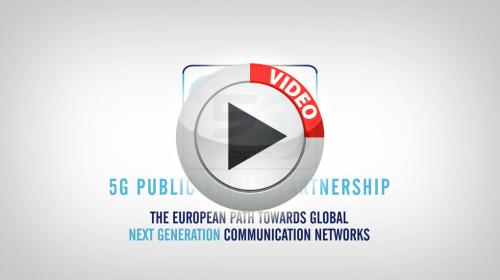5G networks will be a leap, not a step, forward
Vice-President of the European Commission @NeelieKroesEU says it’s important to understand 5G mobile will be more than just the next step beyond today’s 4G networks. “It will also offer totally new possibilities to connect people, and also things – being cars, houses, energy infrastructures. All of them at once, wherever you and they are."
Watch the video to find out more.

According to the roadmap of the 5G Public-Private Partnership, 5G standards will allow:

Commission research projects
EU-funded research projects work on various technical requirements ensuring citizens and business will be able to benefit from 5G (see what 5G can do for you).
Addressing capacity crunch: the skyrocketing use of mobile and wireless devices is expected to lead to a capacity crunch within the next decade. Deployment of very dense networks is a possible response researched globally. European research is developing a toolbox that facilitates coordinated spectrum sharing between ultra-dense networks, with the potential to increase capacity by a factor greater than 10.
Finding new way for using spectrum: today's wireless devices use a different frequency to transmit and to receive, so that the device does not interfere with itself. Research has shown that sufficient isolation between the receive part and the transmit part of the device can be implemented, such that a device can operate both transmission and reception on the same frequency. This would just increase spectrum capacity by 2!
€16 million of EU funding is invested in the METIS project, coordinated by Swedish Ericsson, to prepare the architecture of the future 5G networks. METIS will help with pre-standardisation and regulation processes. Other EU-funded projects on 5G include CROWD, led by Italian company Intecs, that focuses on very dense wireless access networks, and 5GNOW, led by German research organisation Fraunhofer Society, that works on waveforms. iJOIN, TROPIC, Mobile Cloud Networking and MOTO are also part of the research effort.
Source: European Commission
- 381 reads
Human Rights
Fostering a More Humane World: The 28th Eurasian Economic Summi

Conscience, Hope, and Action: Keys to Global Peace and Sustainability

Ringing FOWPAL’s Peace Bell for the World:Nobel Peace Prize Laureates’ Visions and Actions

Protecting the World’s Cultural Diversity for a Sustainable Future

Puppet Show I International Friendship Day 2020

